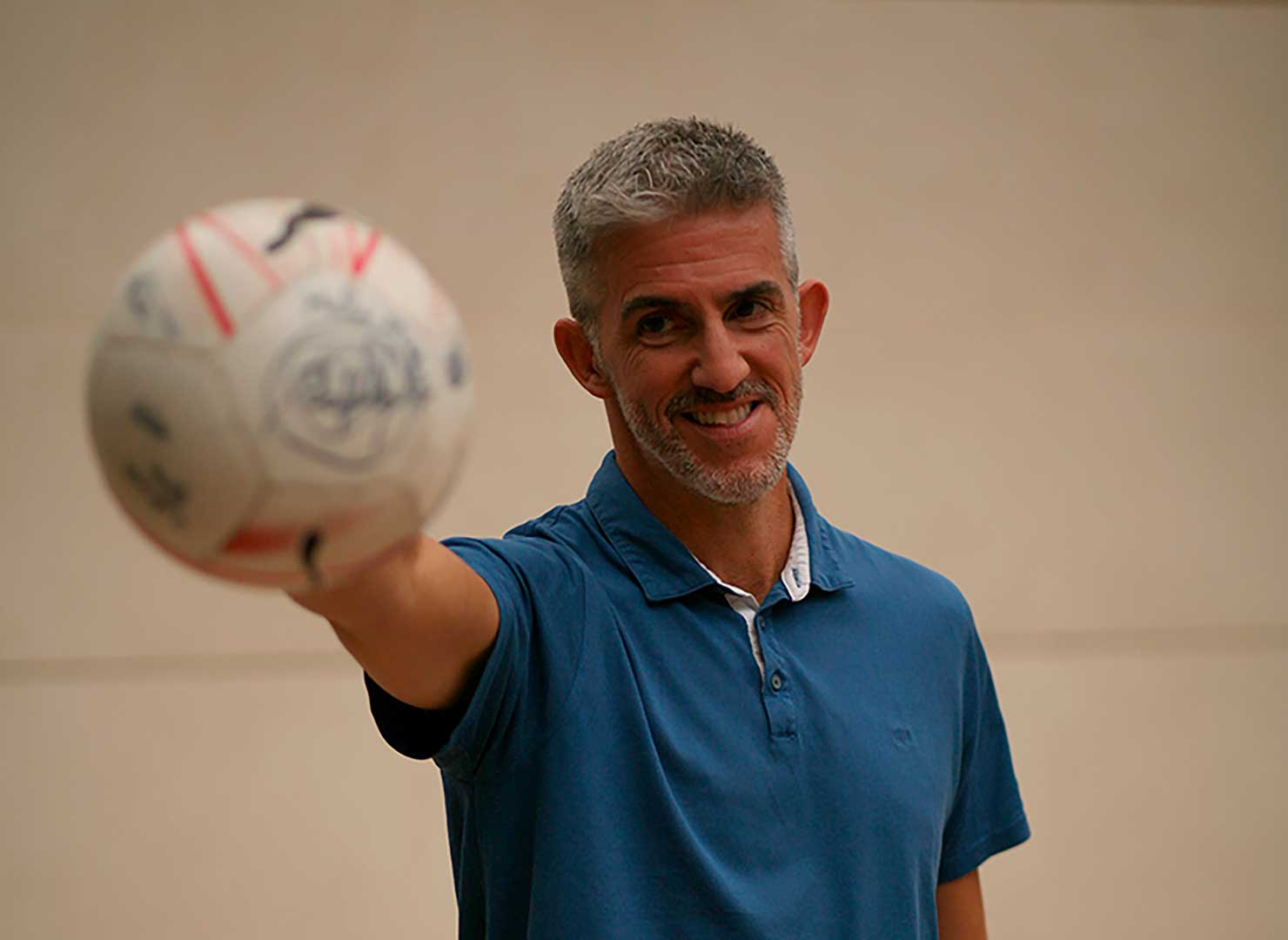
HIGH SCHOOL TO PRO SOCCER DEVELOPMENT SUCCESS
The challenge of pursuing a soccer career in the USA is formidable, exacerbated not only by vast distances and unpredictable weather but also by a profound disconnection in the various stages of player development. While innate talent may lay the foundation for a virtuoso player, realizing one’s full potential demands dedicated effort and strategic guidance, whether aspiring for collegiate or professional heights.
In a society teeming with diverse groups, each with disparate demands, aligning the objectives of players and coaches becomes an intricate puzzle. The current scenario lacks a cohesive structure for player development, with a dearth of well-defined leagues or competitions to guide and synchronize a player’s progression. Educational institutions, constrained by limited sports seasons, force players to seek development in academies.
However, these academies, while capable of offering year-round competition, lack organizational governance, resulting in a haphazard approach to training and competitions. This leads to a disconnection in soccer development, hindering players from reaching their full potential.
Academy soccer further compounds the issue by tailoring its offerings to the economic capacity of individual players and teams. Quality training and competitions are often contingent on financial resources, leading to tournaments located far from players’ hometowns. Additionally, team quality correlates directly with the size of towns and states, creating disparities that hinder uniform player development.
The prevailing situation persists through the academic journey from primary to university, impeding the majority of American and Canadian players from securing spots in university teams crowded with foreign players availing themselves of soccer scholarships. In stark contrast, European countries, with their 10 months of organized soccer, produce players of superior caliber, underscoring the deficiencies in the American model.
The chaos preceding the university scene underscores the urgency for a comprehensive evaluation to chart a roadmap for American players, transforming them into compelling prospects for universities and professional leagues. Mentoring Soccer, attuned to the nuances of Soccer Development Disconnection, aims to address these issues and provide a structured pathway for players to reach their full potential, bridging the gap in soccer development from high school to the professional level.
